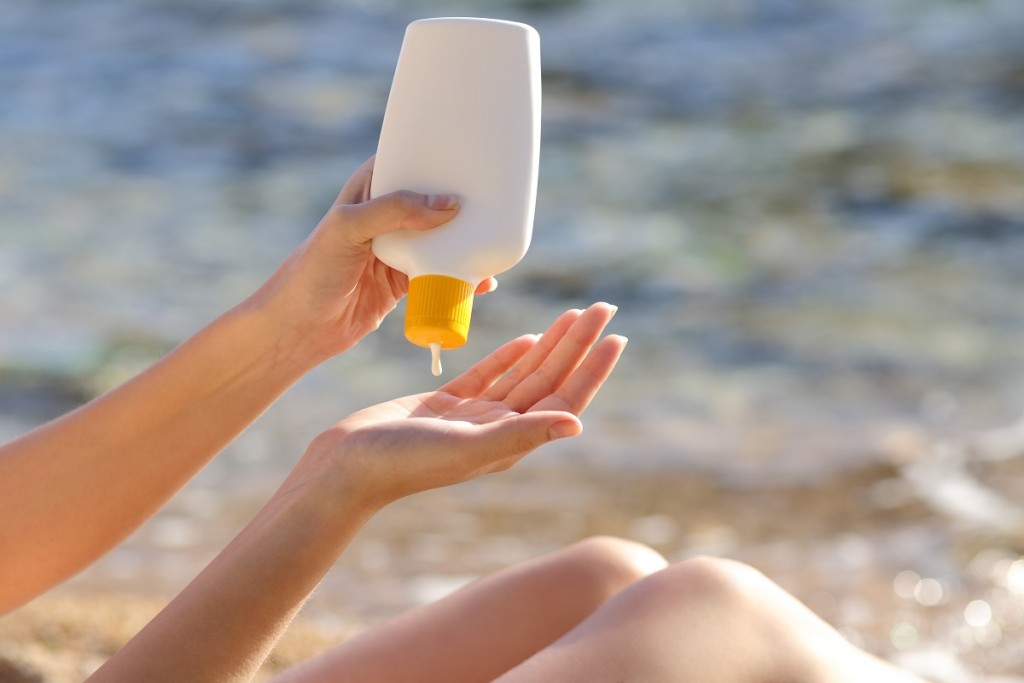It’s not that easy to get your children to remain still when applying sunscreen to their body, but it’s even more difficult shopping for the best brand of sunscreen these days!
Deciding on the SPF level, UVA, UVB, lotion vs spray-on and price are all factors which most parents need to consider, but what does all of that really mean and how do you really know what’s the best for your child’s skin?
Thanks to the Environmental Working Group (EWG), there’s now a list of the 2016 best and worst sunscreens on the market.
The EWG checked out over 750 products and according to their findings, approximately 75 percent of them offered poor protection or contained ingredients which the group found “worrisome.”
Each product would have received negative ratings from the EWG based on the following criteria:
- High SPF levels: If a sunscreen bottle states that it has an SPF of 50+, this actually only refers to the amount of protection against UVB rays which burn the skin – it does not have anything to do with protection against UVA rays – the ones that actually cause skin aging and skin cancer. When a bottle displays high SPF levels it tends to give consumers a false sense of protection which will lead them to believe that there is less of a need to apply the lotion often.
- Sprays: Spray-on sunscreens actually pose a risk if it’s inhaled and it’s also less effective as it’s difficult to tell if you’ve applied enough. It also evaporates more quickly.
- Chemicals such as: Retinyl Palmitate, a vitamin A additive which may speed up the development of skin cancer as well as Oxybenzone, which can disrupt hormones.
If you want to see how the brand of sunscreen your family is using is rated – go to the EWG website to find out how it scored.
